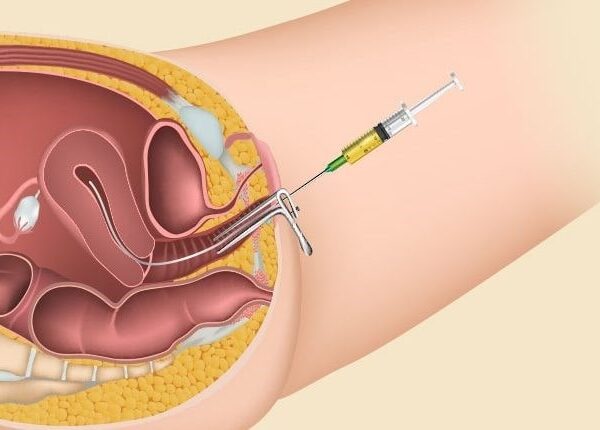Having a good sexual relationship is important especially if they are expecting a child. While it brings pleasure and satisfaction, involving in sexual activity may not be as fun or exciting at most times. This is especially true if a person catches diseases related from sexual act. We may hear that most sexual related diseases are due to a person having more than one sexual partner or involve in reckless sex behaviour. However, this is not entirely true such as in genital warts because a person who are not sexually active or not having sexual intercourse may still get it. Knowledge in medicine has shed some light on some misconception of this disease.
Genital warts or condyloma acuminatum are a sexually transmitted infection passed on during sex by skin-to-skin contact especially from an infected person. Human papillomavirus (HPV) types 6 and 11 are the most common viruses causing this disease. Since there are more than 100 different known types of HPV, only certain types cause diseases such as these genital warts. A person may actually get infected with different types of HPV at the same time. It is worth noting that HPV types 16 & 18 are linked to cervical and vaginal cancer. Hence, a person having genital warts does not necessarily mean they will get cancer from HPV infections.
Genital warts usually affect the genital area such including the penis shaft and scrotum in male, vagina and labia majora (the lips shaped skin fold around the opening of the vagina). At times, it can be found in the vagina inner side surface or anal area. This wart can be small or spread into large masses with its colour similar to the skin or slightly darker. This wart may also bleed with no apparent reason and can be sudden. People with genital warts often experience discomfort symptoms such as itching or redness around the genital area affected by it. This in return causes psychological and emotional distress.
Although generally HPV is spread through skin-to-skin contact like in penetrative sex, it is also possible to be spread through oral sex. Just like people with HIV/AIDS, they may not be presented with any visible symptoms like genital warts yet have already been infected by HPV. A person may already acquire the HPV infection but does not face any problems in many years.
A person is typically diagnosed with genital warts when the warts are visibly seen. Biopsy procedure may be done if the physician is not sure if it is really a genital wart or presented with other lesions such as genital ulcers. The visible warts can be removed through topical drugs or minor surgery. Treatment very much depends on the size of the warts and its location. However, even after adequate treatment, not all genital warts can be fully eradicated and it often comes back within 3 months. Only 30 % of genital warts will disappear by itself after 4 months from the beginning of warts appearance.
Removing the warts does not actually remove the HPV infection as the HPV will still stay in the skin. This explains why even after a complete treatment, the warts can return. It is said that HPV infections may be cleared within 2 years of infection provided that there are no repeated infections from sexual contact. Hence, the best way to prevent these genital warts is by using condoms and avoiding smoking as smoking increases chances for HPV infections. If you are able to take HPV vaccines, please do so as soon as possible because we may never know if we accidentally have been infected by it.




